10 Types of Ceilings to Know for Your Home Renovation
Discover new ceiling designs for your home update.
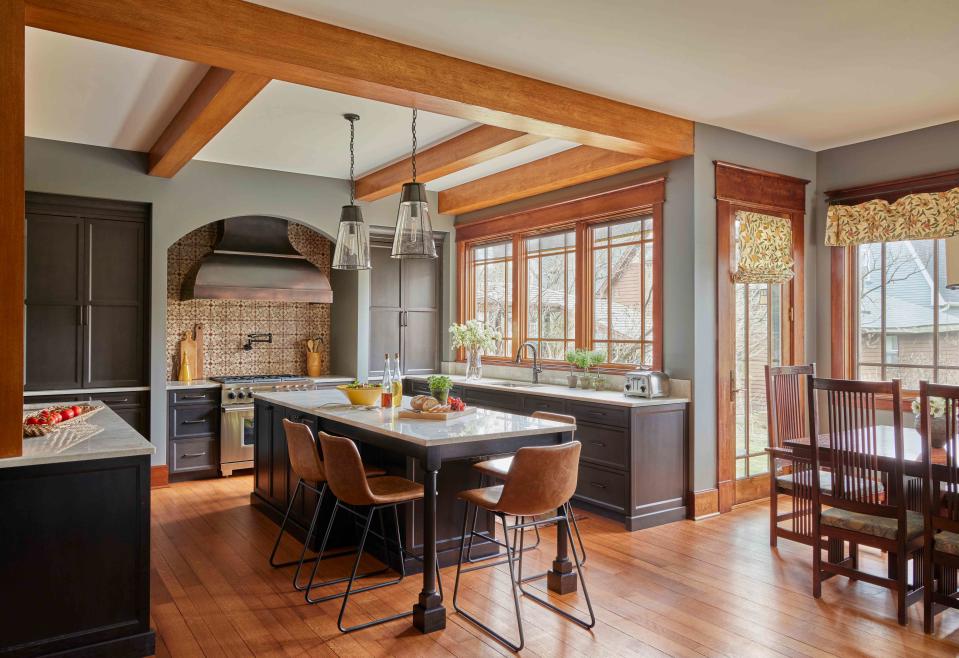
Werner Straube
Ceilings can often be overlooked when planning out home renovation projects. However, updating their appearance from a flat, neutral backdrop to an eye-catching design can be a great way to improve the overall aesthetic of a home. There are a variety of options to choose from when it comes to ceiling styles. Before starting a renovation, it's a good idea to research the various types of ceilings in order to find a design that suits the home. Use this guide to discover 10 types of ceilings for your next home renovation project.
Suspended Ceiling
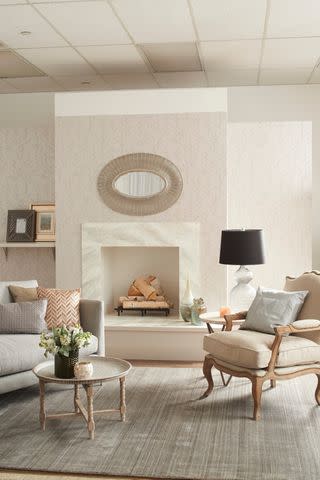
Jay Wilde
Suspended ceilings are also commonly referred to as drop or dropped ceilings. This type of ceiling hangs down below the existing ceiling from a metal grid, allowing interior designers to conceal electrical lines, plumbing lines, lighting fixtures, and HVAC ventilation.
Additionally, since a suspended ceiling is essentially a second ceiling sitting directly under the existing ceiling, this double layer improves heat and sound insulation. This type of ceiling is typically installed in basements, commercial buildings, offices, and retail spaces. However, it's important to note that the installation of a suspended ceiling can be complicated, so it's best to leave the job to a trained professional.
Tray Ceiling
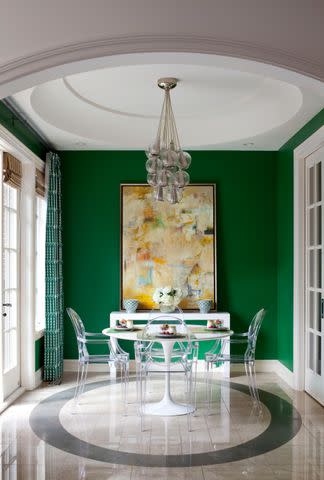
Emily Minton-Redfield
Tray ceilings have a multi-level design that starts at a high center, then drops down by equal increments as you add levels. As suggested by the name of this design, the ceiling layout resembles a square or rectangular tray.
Tray ceilings can also be referred to as panned ceilings. By adding steps or levels to the design, you can create a three-dimensional effect that makes it appear as though the ceiling is expanding outward.
However, the ceiling height must be at least 8 feet tall, otherwise, the multi-level design can make a room feel cramped. Install tray ceilings in the living room, dining room, or any other space that can accommodate the height requirements.
Vaulted Ceiling
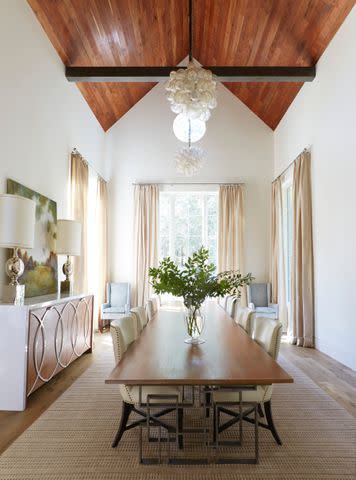
Jean Allsopp
Vaulted ceilings are a popular options for homes with a lot of vertical space. This type of raised ceiling increases the height of a room, giving the appearance of a larger space. There are several types of vaulted ceilings, which are typically used in living rooms, dining rooms, and other large rooms where guests tend to gather.
Cathedral ceilings are the most well-known type of vaulted ceiling, with a steep inverted V-shape design. Domed vaulted ceilings are another choice. They are similar to cathedral ceilings, except the top of the ceiling features a central arch instead of coming to a point. Just make sure that there is enough space in the attic to accommodate a vaulted ceiling before opting for this design.
Beam Ceiling
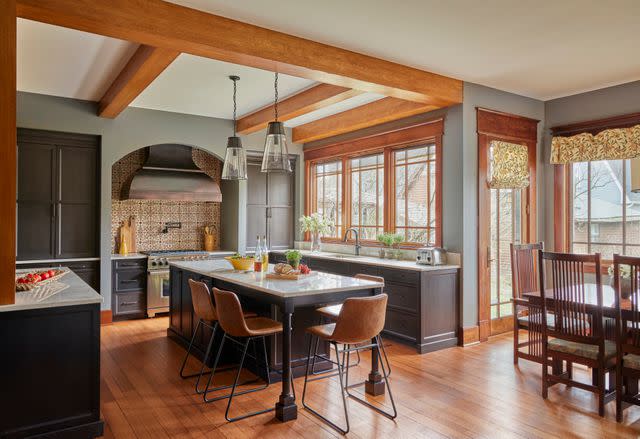
Werner Straube
Beam ceilings can give a home a more rustic or contemporary style. With this type of ceiling, broad, attractive wood beams are exposed in the interior of the space, while the gaps between the beams are typically covered with finished drywall.
Some homes feature heavy load-bearing beams, while others may not feature appealing support beams. If this is the case, the installer can create a beam ceiling effect using plywood and miters to achieve a similar aesthetic.
Shed Ceiling
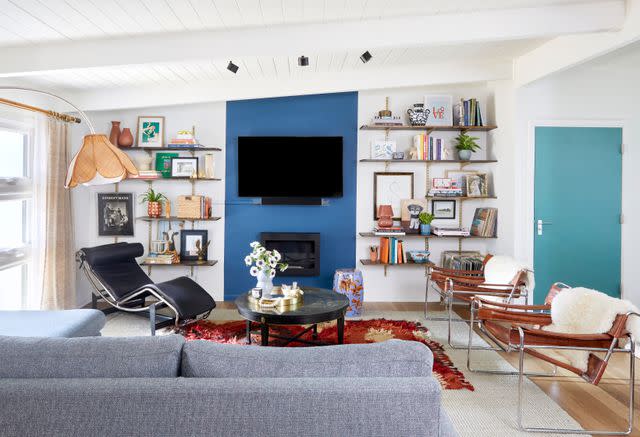
Kim Cornelison
Shed ceilings are also commonly known as single-slope ceilings. This type of ceiling starts at a high point on one wall, then slopes down toward the opposite wall, ending at a lower point to create a single-slope ceiling, similar to those seen on small sheds.
Shed ceilings can also be installed in an attic or loft to help increase the available space in the area. Even in a larger space, wood ceilings can be suspended on a slope. The installer simply uses a standard suspension grid but positions the main runners on a slope to mimic a shed ceiling.
Coved Ceiling
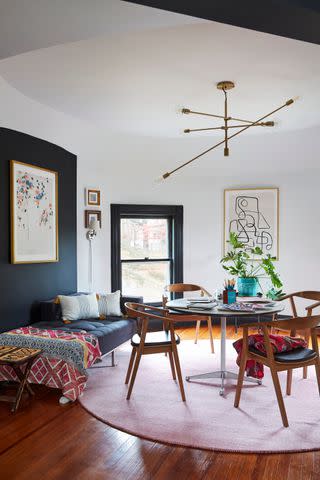
Annie Schlechter
Coved ceilings are a design choice commonly found in theatres, churches, or formal areas of a home, like the dining room. This type of ceiling is made using curved molding or framing known as coves. The coves start at the top of the wall, then extend up to form a concave ceiling with curved edges instead of sharp angles.
The rounded appearance of the ceiling resembles a dome and tends to make the room look softer and more welcoming. Small or narrow coved ceilings can also be installed in hallways to serve as an archway. The drawback to this design is that it will typically cost more to install due to the complexity of the installation project.
Coffered Ceiling
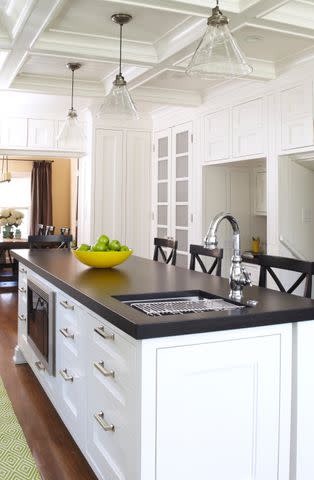
Jay Wilde
A coffered ceiling features a grid of inverted panels, each separated by molding to better accentuate the design. This type of ceiling offers a classic luxurious look. The panels can be installed with a standard T-bar suspension grid to improve the installation process.
You can find coffered ceilings in libraries, hotels, restaurants, and high-end homes, but the installation process can be costly, which is one of the reasons why this type of ceiling style is not often seen in residential homes.
Conventional Ceiling
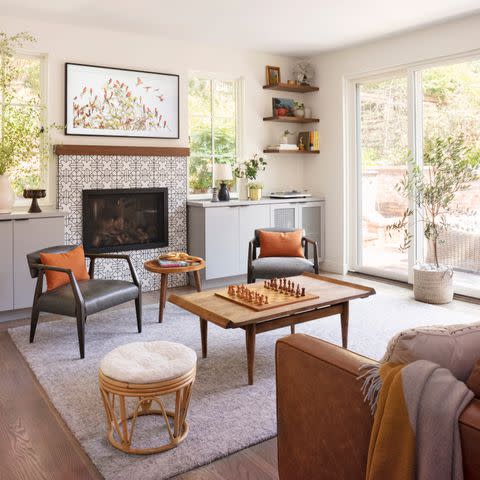
Edmund Barr
The most common ceiling option for residential homes is known as a conventional ceiling. This type of ceiling is flat, made of low-cost materials, and relatively easy to install. The plain look and flat style make conventional ceilings ideal for blending into the background of a home.
Typically, a conventional ceiling is installed at about 8 to 9 feet, though you can increase the height of the ceiling if the home has the necessary space. In most cases, conventional ceilings are made with a standard drywall finish that can be painted in a neutral shade to better blend in or an eye-catching color to contrast the walls.
Sloped Ceiling
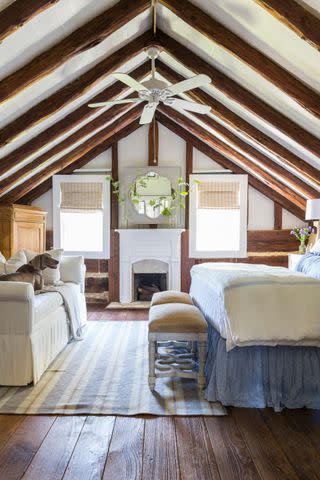
JULIE SOEFER
Similar to a shed ceiling or a vaulted cathedral ceiling, this type of ceiling has a sloping roof. The two sides of the roof start low on the walls, then rise up and come to a peak in the center of the room. However, the ceiling is not actually vaulted to create this effect.
Instead, sloped ceilings are typically installed in homes that have a pitched roof, meaning that the interior ceiling must match the slope of the roof to create a cozy attic room. This design can be an effective way to gain some additional living space in the home, but before opting for a sloped ceiling, make sure to check local building codes, which regulate how low the sloped ceiling can sit.
Exposed Ceiling
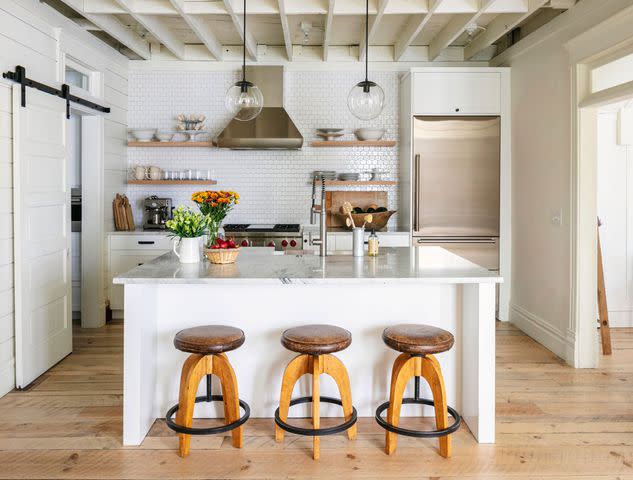
John Granen
Coffee shops and restaurants frequently use an exposed ceiling design for an industrial aesthetic. Exposed ceilings show all the components that are typically hidden, like HVAC ducting, pipes, and electrical wires, though these elements may be painted to create a more cohesive look.
This type of ceiling design is inexpensive to install, but it's important to note that by essentially removing the ceiling from the space, it also reduces the heat and noise insulation of the room, which can lead to higher heating and cooling bills.
Ceiling Texture Options
There are a range of texture choices that can be applied to the ceiling in order to further enhance the aesthetic of your home or create an eye-catching feature that draws attention from guests. Common texture options include flat, orange peel, skip trowel, knockdown, swirled, and popcorn.
Flat or smooth ceilings are great for a minimalist decor, while an orange peel texture offers a subtle look to the space. Use a skip trowel or knockdown texture to get an imprecise, custom pattern that leaves some parts of the ceiling filled and some parts bare. Swirled ceilings have half-circle patterns created by swirling a sponge or a similar tool through the ceiling compound before it can set. Other homeowners prefer the classic popcorn texture finish that was made popular in the mid- to late 1900s.
For more Better Homes & Gardens news, make sure to sign up for our newsletter!
Read the original article on Better Homes & Gardens.

